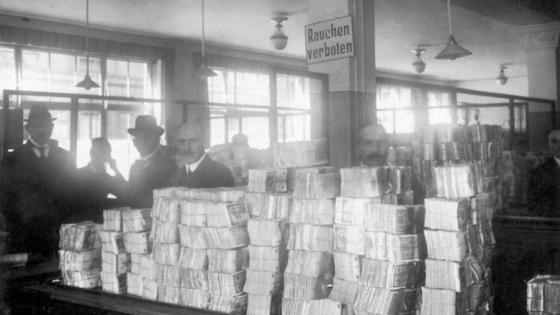DP12051 Revisiting Speculative Hyperinflations in Monetary Models
This paper revisits the debate on ruling out speculative hyperinflations in monetary models. Although apparently a narrow issue, studying these extreme economies turns out to be quite illuminating in understanding the fundamentals of price level determination. It is also relevant
in evaluating the broader claims that advocates of the fiscal theory of the price level have made. In Obstfeld and Rogoff (1983, 1986) we show that in pure fiat money models, where the government gives no backing whatsoever to currency, there is in fact no reasonable way to rule out speculative hyperinflations where the value of money goes to zero, even if the money supply itself is exogenous and constant. Such perverse equilibria are ruled out, however, if the government provides even a very small real backing to the currency – a fiscal mechanism, but one that comes into play only as a backstop. Indeed that backing does not have to be certain. Cochrane (2011, 2019), however, argues that this result is wrong, and that fractional currency backing is a Maginot line that is insufficient to rule out hyperinflation. We show here why, in fact, his analysis involves a subtle change in model specification that adds a distinct monetary fragility to our model. Our baseline analysis uses a canonical money-in-the-utility-function setup due to Brock (1974, 1975), but following Wallace (1981), we show the same results go through in an overlapping-generations model of money.


